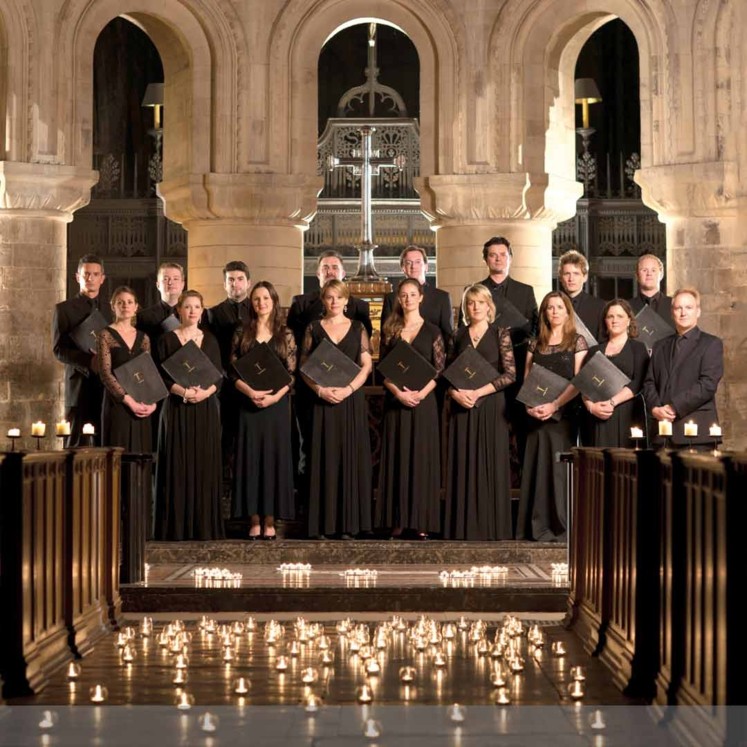
For about 50 years, that is throughout his entire creative life, Anton Bruckner wrote sacred choral music which represents a unique contribution to church music, influencing its development well into the 20th century. Sound evidence for this is provided by the Tenebrae Choir, founded in 2001 by Nigel Short, in the meantime one of the leading vocal ensembles worldwide, with performances of four exemplary a cappella motets by Bruckner including the late work „Virga Jesse floruit“. These are combined with compositions by Heinrich Kaminski, Paul Hindemith, György Ligeti and Arvo Pärt, each in its own way having its musical roots in the music of Bruckner.
Anton Bruckner (1824–1896)
„Christus factus est“ (III). Gradual in D minor for four part mixed choir a cappella, WAB 11 (1884)
„Locus iste“. Gradual in C major for four part mixed choir a cappella, WAB 23 (1869)
„Os justi“. Lydian Gradual for four to eight part mixed choir a cappella, WAB 30, 2 (1879)
„Virga Jesse floruit“. Gradual in E minor for four part mixed choir a cappella, WAB 52 (1885)
Arvo Pärt (* 1935)
Trivium for Organ(1976)
Heinrich Kaminski (1886–1946)
Die Erde. Motet for four part mixed choir a cappella, (1929)
Hugo Distler (1908–1942)
Sonatine, Nr. 1–4 from: 30 Pieces for a small organ, op. 18, Nr. 1 (1938)
Paul Hindemith (1895–1963)
Mass for mixed choir a cappella, (1963)
Anton Bruckner
Praeludium („Perger Präludium“) in C major for Organ, WAB 129 (1884)
György Ligeti (1923–2006)
„Lux aeterna“ for sixteen part mixed choir a cappella, (1966)
Arvo Pärt
„Da pacem, Domine“ for mixed choir a cappella, (2004, rev. 2006)
Johannes Zeinler|Organ
Tenebrae Choir
James Sherlock|Conductor